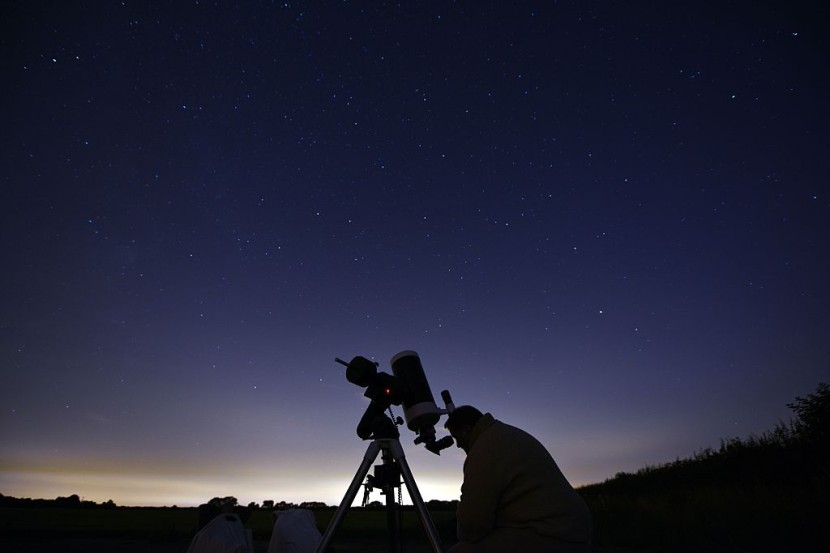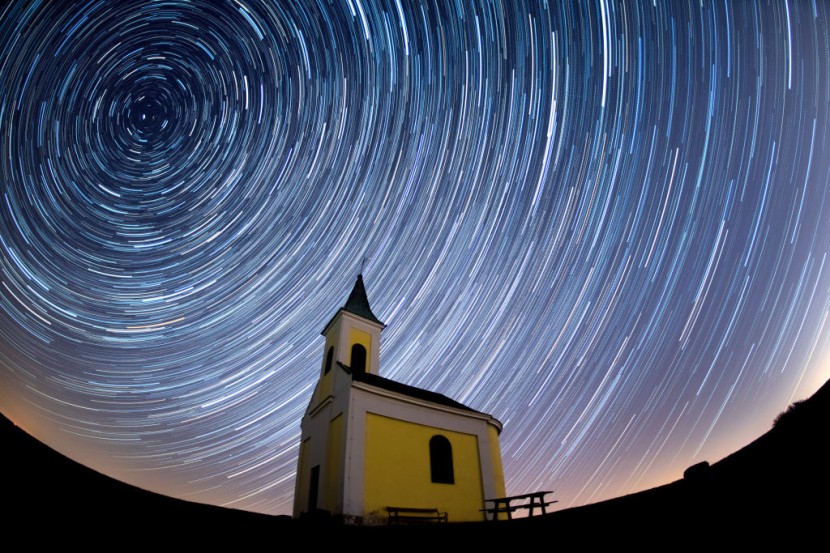
The Orionid meteor shower will be making an appearance before Halloween begins. This space event will be an exciting one since it is connected to the popular Orion constellation.
If haven't planned your weekend yet, you can invite your family, friends, or partners to just watch Orionids lit up the night sky. Here's how you can watch this meteor shower.
How To Watch Orionid Meteor Shower
According to Smithsonian Magazine, the Orionid meteor shower will peak on Oct. 21 to Oct. 22 this coming weekend. This space event is expected to display around 23 Orionids per hour.
Because of Orionids' speed and brightness, this meteor shower is considered to be among the most spectacular meteor displays this 2023.
"The Orionids are also framed by some of the brightest stars in the night sky, which lend a spectacular backdrop for these showy meteors," said NASA via its official website.
Since the Orionid meteor shower is already bright, you no longer need to use advanced telescopes or cameras just to see it. All you need to do is find the right spot and watch as Orionids appear in the sky with your naked eyes.
Orionid Watching Tips, Other Details

If you want to watch the Orionid meteor shower, here's what you need to do:
- Those in the Northern Hemisphere must lie down with their feet facing southeast.
- Those in the Southern Hemisphere must lie down with their feet facing northeast.
- Find an open area far away from the light pollution of the city.
- Watchers can bring a sleeping bag, a lawn chair, or a blanket so they can be comfortable while in an open grassy area.
- Before watching the meteor shower, make sure that you allow your eyes to adjust in the dark; wait at least 30-45 minutes before doing so.
- Avoid using directly at your smartphone or using a flashlight once your eyes adjust.
If you are planning to take some photos of Orionids, you can just use your smartphone. Here's how you can do it:
- First, prepare a tripod, a chair, or anything that can provide stability to your smartphone.
- If your handset has a Pro camera mode, use it to adjust the ISO, the aperture, and shutter speed.
- To ensure that your smartphone can take clear photos of Orionids, just increase the aperture size and lower the shutter speed.
- If Orionids are still not that visible, you can increase the ISO.
Space experts said that the Orionid meteor shower will be around 37% complete on the night of Oct. 21. They added that Orionids will overlap with other meteor showers, such as Northern Taurids and the Geminids.
This means that Orionids will still appear in November, but not as often as this coming weekend.
© 2026 HNGN, All rights reserved. Do not reproduce without permission.








